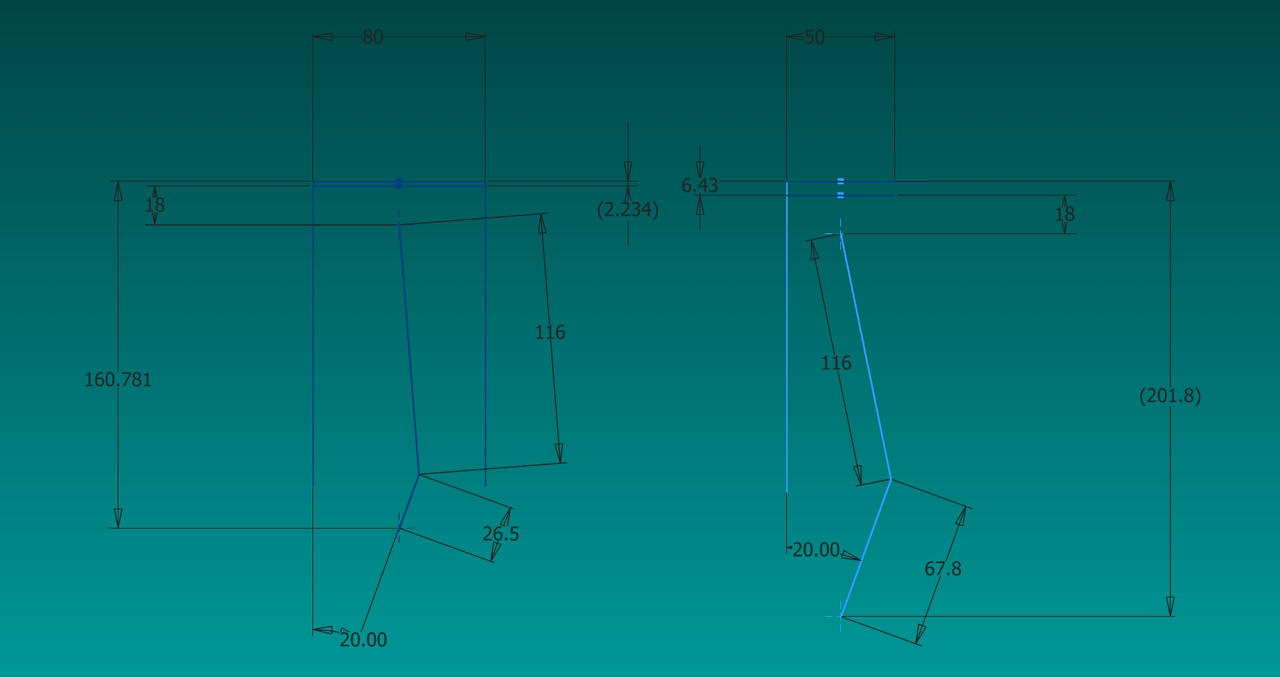The status quo seems to be the use of Crank Angle for various particular engine analysis characteristics.
This fails in comaparative applications because it does not take into consideration the Bore Stroke ratios nor the Rod ratios and their effect on the very parameters that are being measured.
Before someone jumps in and says that some of those measurements are independent it would be prudent to see that a normalised factor that reflects all three parameters as a single encompassing new paradigm would be more indicative.
Not being particularly mathematical, any suggestions as to how this could be achieved?
The starting point would be the conversion of the stroke to a percentage.
Methinks this has been touched on before but I could not find it.
- Login or Register
No account yet? Sign up

